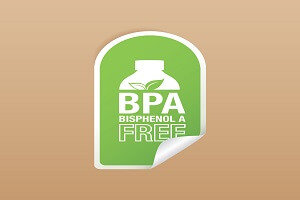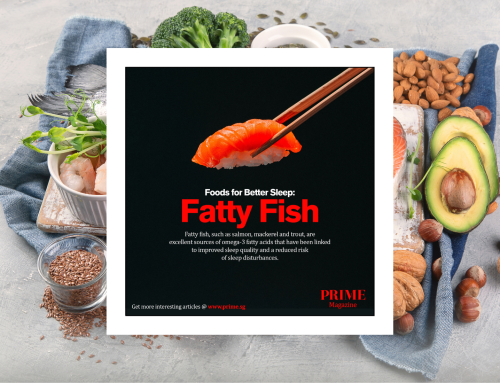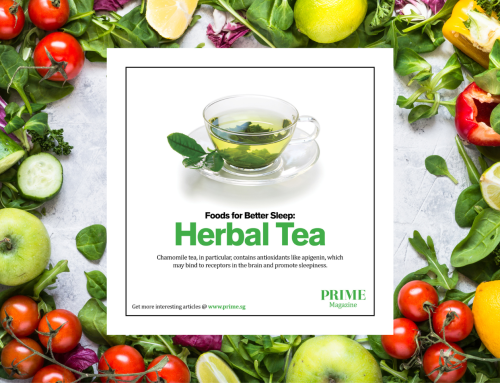Drink a bottle of water or eat food from a can.
You might be consuming a cancer causing organic compound.
Bisphenol A (BPA) is widely used in the manufacturing of polycarbonate plastics. Polycarbonate plastics have the advantage of being light weight, stain resistant and have the capability to withstand high temperatures. The incredible strength and light weight has made it commonly used in the manufacture of common plastics such as compact disks, water bottles and even parts and accessories of mobile phones.
While polycarbonate by itself is not poisonous, the production of polycarbonate involves many toxic chemicals. BPA is one such chemical that research has shown to be capable of having hormone mimicking properties that could have impacts on young children and even unborn fetuses.
The debate and media hype can often cause confusion for the common man. Here are some facts and precautions that one can take in daily life to ward off dangers of BPA.

- We all have some amount of BPA in our bodies that comes from the containers of the food we eat. BPA has even been found in baby products like bottles, pacifiers and straws.
- While there is not conclusive finding on the harm BPA does to our body, research has shown BPA having an effect on brain activity, hormonal balances and the prostate glands of infants and fetuses.
- International regulatory authorities have implemented controls on safe levels of utilizing BPA. Brands are also attempting to move towards BPA free products.
- A BPA free lifestyle may not be very practical, however it is possible to reduce the use of BPA by using non-plastic food containers and avoiding heating plastic.
- Purchase plastics that can be recycled. Look out for the recycle code at the bottom of the container and avoid codes between 3 and 7. Make healthy fresh food choices as opposed to pre-packed on canned foods.

The articles published on www.prime.sg are intended to provide tips for health and lifestyle for individuals aged 40 years and above. The articles are based on secondary research and do not represent the opinion of the author, Spring Publishing Pte Ltd or any mentioned third party. Spring Publishing Pte Ltd recommends professional consultation in medical treatments and will hold no responsibility for medical causes or consequences of the information contained in articles.










